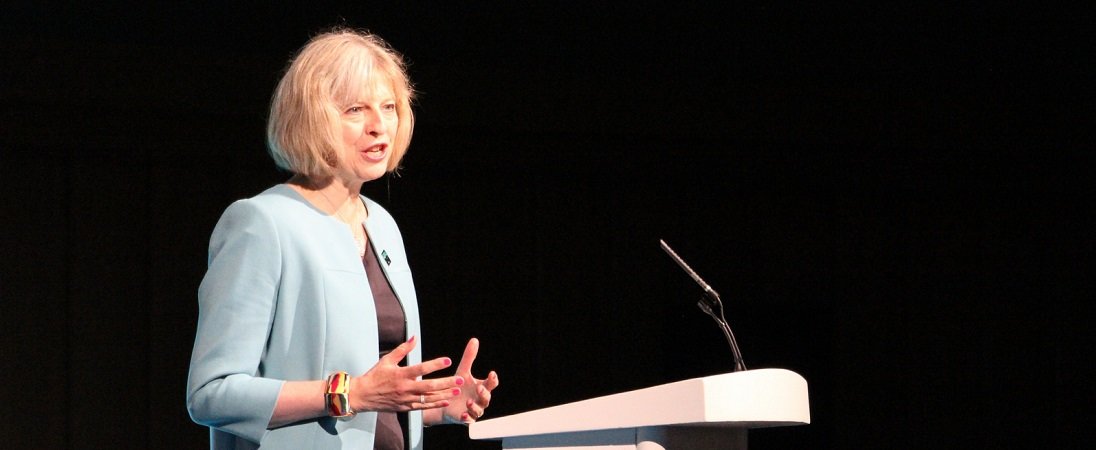Prime Minister Theresa May will govern in a way not seen for 20 years in Britain.
The contrast between her style and that of David Cameron and Tony Blair could not be greater. She is barely known by Tory MPs; she rarely circulates at Westminster drinks parties; she has no celebrity friends or hangers-on. She has no tight clique of advisers and she has already declared there will be no “sofa government”, favoured by her predecessors.
Colleagues who have worked with her say they would never dream of just dropping into her office for a natter. Indeed, Mrs May is as conservative with a small “c” Conservative you could wish to find in her style of management. She will want to return to the days of proper Cabinet administration with ministers taking responsibility for decisions and being given their say. This will have a profound effect.
The reason Mr Blair, even Gordon Brown and Mr Cameron all became effectively benign dictatorships is because of the pace of change in today’s world. There is no time to consult ministers when you need to make swift decisions in response to world events. Especially ministers with whom you disagree on fundamental points. But Mrs May will try to bring back proper consultation. Some fear this will be impossible because of the constant bombardment of events in the modern world.
Mrs May is also unlike her predecessor in that she rarely lets an issue go without achieving her will. Modern PMs have become highly tactical and short termist because of the nature of the job. Mrs May is far more likely to focus on an issue and go after it until she has succeeded. Not much gets in her way when she’s locked horns.
Businesses raised eyebrows on Monday when she carried out a pretty scathing attack on corporate behaviour. But she wasn’t the first to blame the gap between the haves and the have-nots for Brexit. Aides point out that she was due to make a series of speeches, one a week, in her campaign and this was number one. See it without the context of the others and you’d be forgiven for thinking this is the heart of her manifesto.
But companies would be well-advised to ensure their Boards are representative and balanced if they want to get on her good side. That’s the look she’s going for.
Next week’s Trident vote will go ahead as planned to expose Labour’s fragility, and to unite her party. She has a radical side, however.
It should not be forgotten that Mrs May was the first Home Secretary to really stand up to the police service and its outdated and cosy practices. And Mrs May’s support for women MPs has launched the careers of dozens over the years. She used her party chairship to begin this quest and it partly explains why so many women MPs backed her campaign.
Theresa May will today continue this radical streak by appointing a host of women to her Cabinet. The most senior of those is likely to be Amber Rudd who is tipped for one of the three ships of state – Treasury, Foreign or Home Office. Others in line for promotion to the top table include Priti Patel, Karen Bradley and even Andrea Leadsom, who stood aside to let Mrs May take power.
Final details of the Cabinet are being worked out today.
These moves should serve as a lesson as we begin to understand how she will govern.

